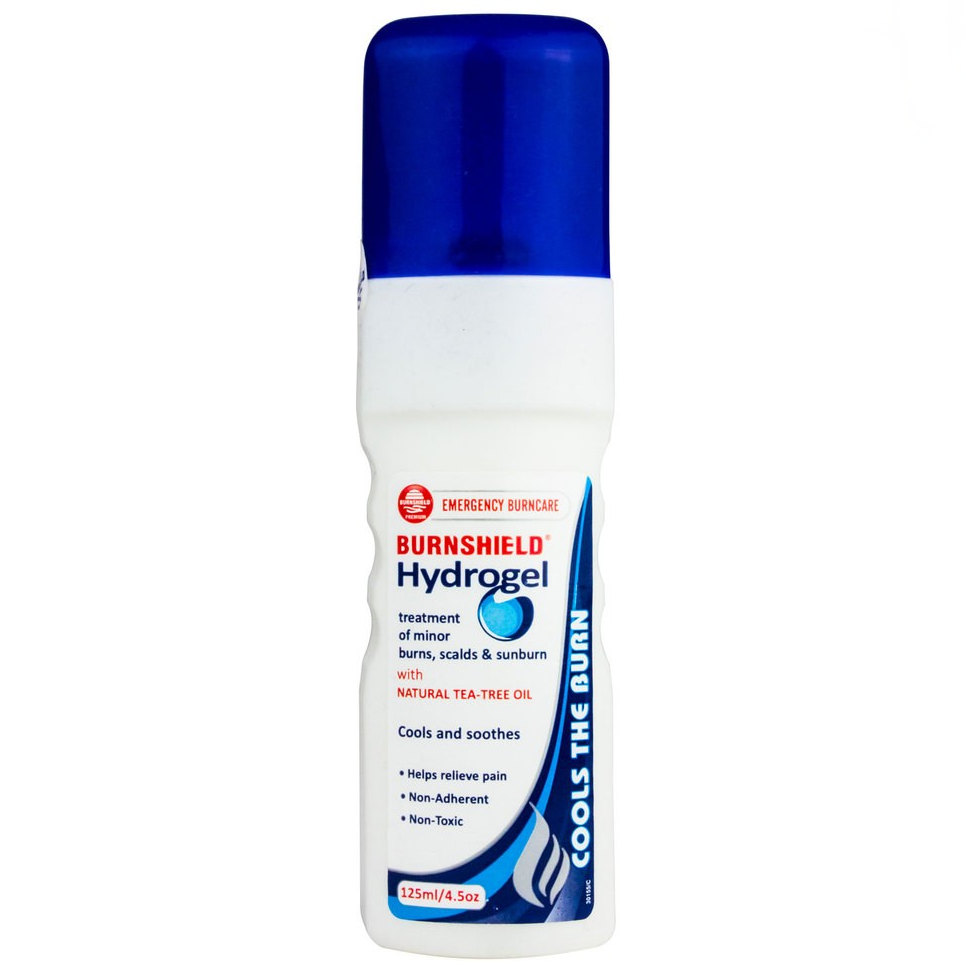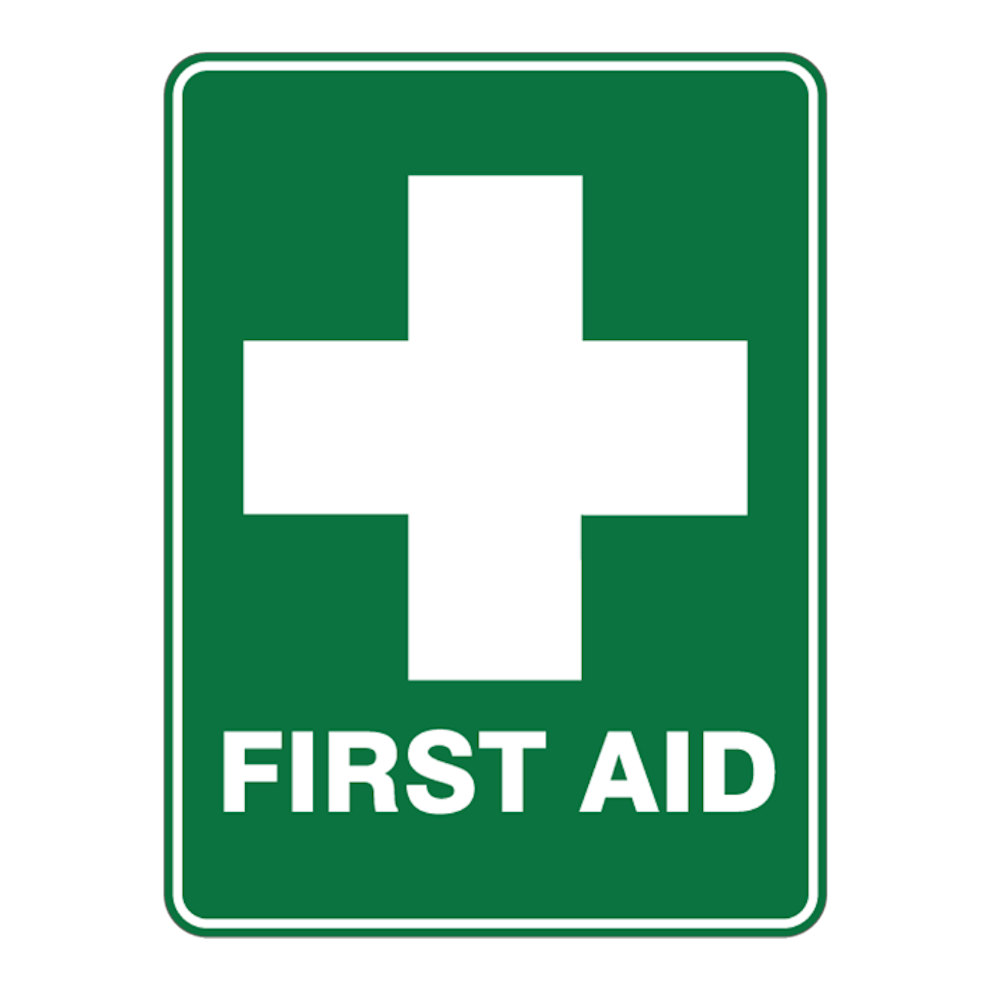First Aid Advice
-
29 SepRead more »
The key points when applying a bandage are:
- Make sure the person is comfortable and tell them what you're doing.
- Work from the side of the injury so you don't have to lean across their body.
- Keep the injured part of the body supported in the position it'll be in when the bandage is on.
- Use the right size bandage – different parts of the body need different widths of bandage.
- Avoid covering fingers or toes when bandaging a limb so you can easily check the circulation.
- Apply the bandage firmly, but not tightly, and secure the end by folding it over and tying a knot in the end. You can also use a safety pin, tape or a bandage clip.
- As soon as the bandage is on, ask if it feels too tight and check the circulation by pressing on a fingernail or a piece of skin until it turns pale. If the colour doesn't return straight away, the bandage may be too tight, so you should loosen it. Limbs can swell up after an injury, so check the circulation every 10 minutes after you've put the bandage on.
-
5 SepRead more »
The aims of first aid should be to stop the burning process, cool the burn, provide pain relief, and cover the burn.
-
4 SepRead more »
“A risk assessment in the context of the Safety Statement should consider the numbers employed, the nature of the work, the degree of hazard, the level of accidents arising, the size and location of the workplace, the distribution of the employees, shift working, availability of an occupational health service with the workplace and the distance and duration from external medical services etc.”
Ref: HSA
-
1 SepRead more »
WatchBP Home A
The WatchBP Home device equipped with an atrial fibrillation detection system. When you are diagnosed with hypertensive and/or having atrial fibrillation the WatchBP Home A(fib) is the best tool to optimize your treatment. When you have atrial fibrillation a physician can decide to prescribe you anti-arrhythmic drugs. These drugs should stop the atrial fibrillation. With the WatchBP home A you can easily verify the working of these drugs, while at the same time monitoring your blood pressure.



